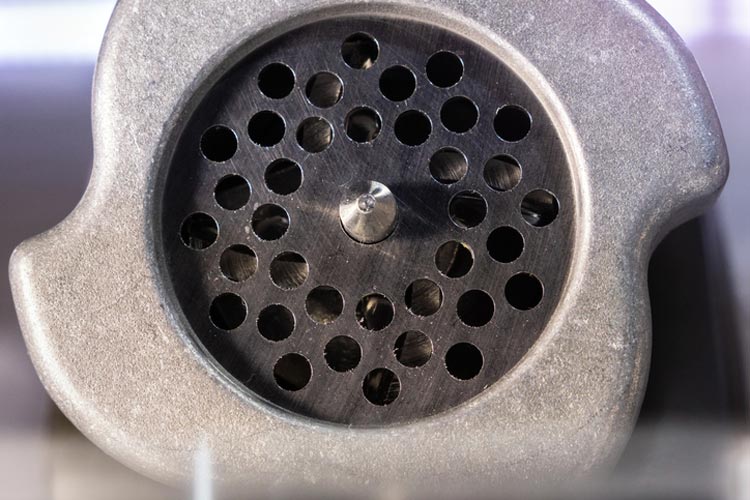Introducing our Industrial Mincer Safe Work Method Statement (SWMS) – the comprehensive and user-friendly solution for ensuring the safety of your workers on site. Here are some key features that make our SWMS stand out:
Pre-filled and Comprehensive: Our SWMS comes pre-filled with all the necessary information to get you started, ensuring that you cover all necessary aspects when working with industrial mincers. It is a comprehensive guide that helps you to manage risks and ensures compliance with legislative requirements.
Fully editable and customisable in Microsoft Word format: Our SWMS is fully editable and customisable in Microsoft Word format, allowing you to easily make changes and customise it to meet your specific needs.
Includes scope of the project and project details: Our SWMS includes the scope of the project and all necessary project details to provide a clear overview of the project requirements.
Includes checklist of any high-risk machinery on site: Our SWMS includes a checklist of any high-risk machinery on site, including industrial mincers, to help you identify potential hazards and risks.
Includes space for recording staff training: Our SWMS includes space for recording any staff training, ensuring that all workers are properly trained before commencing work.
Includes before and after risk ratings: Our SWMS includes before and after risk ratings to help you assess the effectiveness of the control measures implemented.
Includes resources for use of legislative references: Our SWMS includes resources for the use of legislative references, making it easier for you to understand and comply with the relevant regulations.
Includes all PPE required: Our SWMS includes all Personal Protective Equipment (PPE) required to ensure the safety of your workers.
Includes risk assessment and risk assessment matrix: Our SWMS includes a risk assessment and risk assessment matrix to help you identify and manage potential hazards and risks.
Includes a checklist to ensure all requirements have been covered when implementing the SWMS: Our SWMS includes a checklist to ensure that all requirements have been covered when implementing the SWMS, providing an added level of assurance.
Includes sign-off page for all workers and responsible persons: Our SWMS includes a sign-off page for all workers and responsible persons, providing a record of their acknowledgement and agreement with the SWMS.
Easy to use, easy to customise: Our SWMS is user-friendly and easy to use, with clear instructions and guidance throughout. It is also easy to customise to meet your specific needs.
Suitable for large contracts and tenders, including tier 1 contractual work: Our SWMS is suitable for use on large contracts and tenders, including tier 1 contractual work, providing a comprehensive solution for managing risks.
Instantly delivered download: Our SWMS is available for instant download, ensuring that you can get started right away.
We ensure that we are offering a comprehensive and user-friendly SWMS solution that helps to ensure the safety of your workers when working with industrial mincers. With our SWMS, you can manage risks, ensure compliance with regulatory requirements and provide a safe work environment for your workers.
Here is some safety information related to working with an industrial mincer.
Hazards: The following hazards are associated with the operation of an industrial mincer:
![]()






